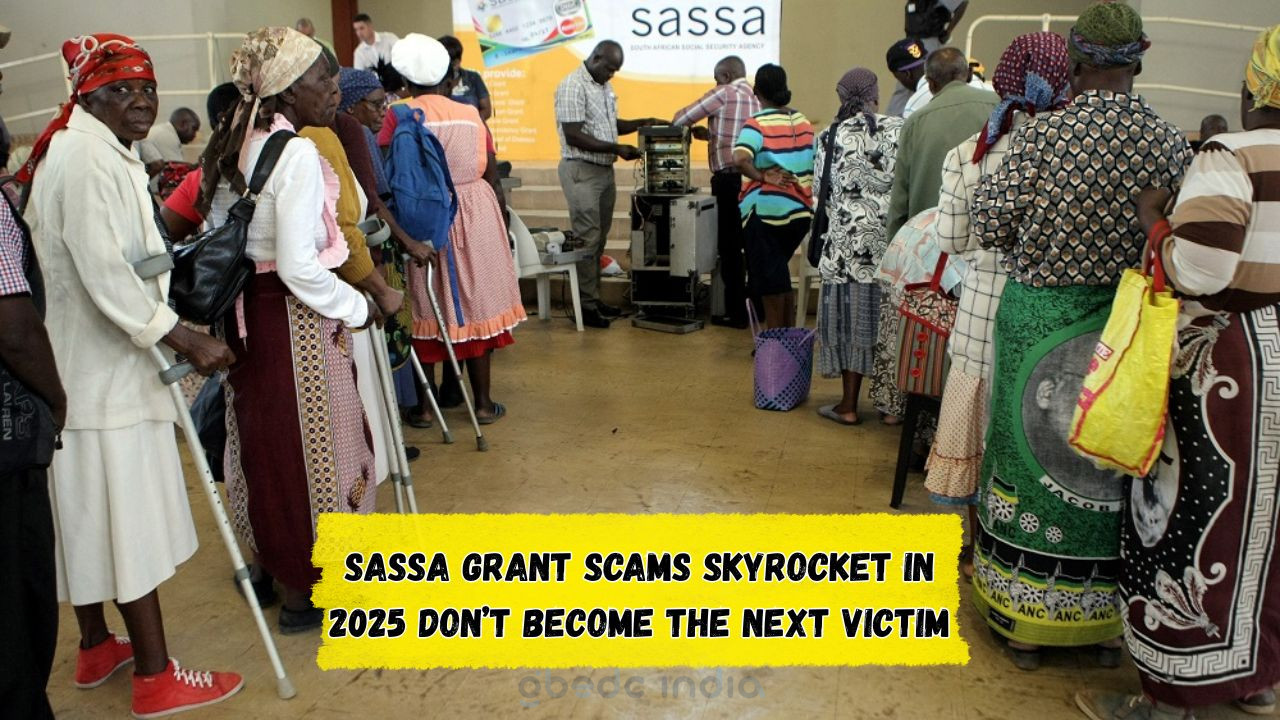Brace for 14-Hour Power Cuts: South Africans are once again advised to prepare for extended power outages as Eskom announces a new load shedding schedule. These cuts, expected to last up to 14 hours in some regions, are part of ongoing efforts to manage the country’s electricity supply crisis. The detailed schedule, released by Eskom, outlines the specific times and durations for each province, allowing citizens to plan accordingly.
Understanding Eskom’s Load Shedding Strategy
Load shedding has become a frequent occurrence in South Africa, as the national power supplier, Eskom, struggles to balance supply and demand. The strategy involves rotating power cuts across different areas to prevent a total collapse of the electricity grid. This latest schedule aims to provide a more predictable pattern for outages, minimizing disruption as much as possible.
Why Load Shedding is Necessary:
- Preventing grid overload – Load shedding reduces the risk of a complete grid failure.
- Maintaining system stability – Controlled outages help manage electricity distribution more effectively.
- Addressing generation capacity issues – Eskom’s aging infrastructure requires constant maintenance.
- Ensuring fair distribution – Rotational cuts ensure no single area is disproportionately affected.
Impact on Daily Life
Preparing for Extended Power Outages
South Africans are urged to take proactive steps to mitigate the impact of these power cuts. Understanding the schedule and planning ahead can make a significant difference in maintaining daily routines. From ensuring electronic devices are charged to planning meals around outage times, preparation is key.
Here are some tips to help you cope with the upcoming power cuts:
- Keep essential gadgets charged – Ensure phones and laptops have enough battery life.
- Stock up on non-perishable food items – Plan meals that don’t require electricity for preparation.
- Invest in alternative lighting solutions – Candles, solar lights, and battery-powered lamps can be useful.
- Stay informed – Follow Eskom’s updates on load shedding schedules online.
- Consider backup power options – Generators or battery systems can provide temporary relief.
Load Shedding Schedule by Province
Here is a brief overview of the schedule:
| Province | Start Time | End Time | Duration | Frequency |
|---|---|---|---|---|
| Gauteng | 06:00 | 20:00 | 14 hours | Daily |
| Western Cape | 08:00 | 22:00 | 14 hours | Alternate days |
| KwaZulu-Natal | 09:00 | 23:00 | 14 hours | Twice a week |
| Eastern Cape | 07:00 | 21:00 | 14 hours | Every third day |
| Free State | 10:00 | 24:00 | 14 hours | Weekly |
| Limpopo | 11:00 | 01:00 | 14 hours | Every two days |
| Mpumalanga | 05:00 | 19:00 | 14 hours | Daily |
| Northern Cape | 12:00 | 02:00 | 14 hours | Alternate days |
Impact on Local Communities
Managing Life During Load Shedding
Adapting to the Changes:
- Community support initiatives – Neighbours can band together to share resources.
- Educational adjustments – Schools may need to alter schedules to accommodate power cuts.
- Business continuity plans – Companies should have strategies in place to minimize disruptions.
- Health and safety precautions – Ensure medical devices have backup power supplies.
- Transportation considerations – Traffic lights may be affected, leading to potential delays.
- Water supply management – Check if pumps will be operational during outages.
- Security measures – Increased vigilance can help prevent crime during dark periods.
Technological Solutions
Various technologies can aid in managing load shedding impacts:
- Smart home systems – Automate energy usage to conserve power.
- Renewable energy investments – Solar panels and wind turbines can reduce reliance on the grid.
- Energy-efficient appliances – Using less power helps during non-load shedding hours.
- Mobile apps – Stay updated with the latest load shedding schedules.
- Backup batteries – Keep essential electronics running longer.
- Wireless internet solutions – Maintain connectivity even during outages.
Local Businesses and Load Shedding
Local enterprises face unique challenges:
| Sector | Impact | Solutions |
|---|---|---|
| Retail | Reduced sales | Implement online sales strategies |
| Manufacturing | Production delays | Invest in generators |
| Hospitality | Guest dissatisfaction | Enhance customer experience |
| Education | Interrupted learning | Adopt digital learning tools |
| Healthcare | Service disruptions | Ensure backup power for critical operations |
| Finance | Operational downtime | Use cloud-based services |
Future Prospects
Long-term Solutions for Energy Stability
Government Initiatives:
Efforts to modernize the energy sector are underway, focusing on increasing renewable energy sources and upgrading existing infrastructure.
Private Sector Involvement:
Encouraging private investment in energy solutions can help bridge the gap during critical periods.
Community Engagement:
Empowering local communities to participate in energy conservation efforts can lead to more sustainable practices.
Innovation and Research:
Research into new technologies continues to offer hope for more efficient energy solutions in the future.
Educational Campaigns:
Raising awareness about energy conservation can aid in reducing demand during peak times.






